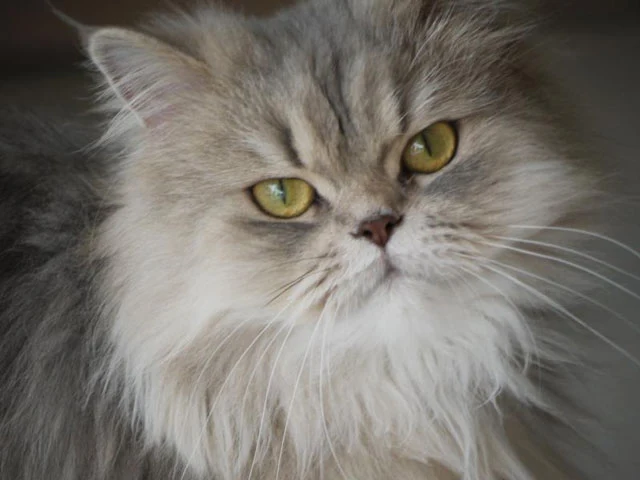Joe Exotic has his private tiger zoo in America. There are 176 tigers. It is one of the largest collections of big cats in the world. There are also
ligers (cross between tiger and lion) and hundreds of other animals; 1,400 in all. This is
G.W. Exotic Animal Memorial Foundation in Wynnewood, Oklahoma. The business is named after his brother who was tragically killed by a drunk driver.
Joe seems a decent person but looks a bit like a camp cop with long blond hair and eyeliner (he was a cop once). And he had common sense (of a kind) but it all seemed so desperately wrong to me. He was being interviewed by Louis Theroux for the BBC. Louis also met up with Tim who has a lot of large wild animals including bears and tigers. Tim doesn't trust or respect any person including his wife and he said just that on TV with his wife standing beside him. She pays all the bills for his hobby! He keeps all these dangerous pets in small, muddy cages or enclosures.
Louis constantly questioned them about the morality of keeping animals in small cages that have naturally large territories. Tim had a good answer. He said that the bear has a large range because it has to travel large distances to find prey. Given a chance, the bear would eat human food given to it. Therefore the bear is happy living in a quarter acre enclosure. That theory applies to all wild animals, he implied. Is he correct? Joe had a similar justification. He said that tigers raised in cages knew nothing else. If they never had a large territory they would not miss it. Was he correct?
Tim boxed with a
lynx. The lynx is a medium sized wildcat. I am not sure if the cat was declawed. I suspect it was. This was not proper treatment in my view.
Joe was going through difficult times financially. I am not surprised. It must cost a fortune to feed and maintain 1,400 animals. Animal rights activists in the area were causing a reduction in visitors to a road show of tigers and bears he presented in car parks. This caused a loss of revenue. He might have to close his business.
Joe said that if he went broke he would prefer to euthanize all his animals rather than relocate them. This sounds horrible and quite sick. By the way, this would not be euthanasia but plain killing. Was Joe thinking about cashing in? Dead tigers are very valuable in the Asian medicine market. I am thinking of
tiger bone (for wine) and
tiger penis (value $6,000) etc. Joe is sitting on a fortune in tiger penises alone (1 million bucks).
Despite his financial worries he still breeds tigers, which creates higher overheads. And he has no idea what he is breeding. He has no concern for inbreeding. He breeds lions to tigers to create cross-breeds. Likewise Tim has no concern for purity of stock. He has no idea whether his tigers are Bengal tigers or any other
subspecies. The tigers looks overweight and flabby. These are generic tigers. There are no controls over the keeping of these tigers. There is no licensing. It is just do as you please. And it is damaging the tiger in the wild as it possibly encourages the tiger body part trade.
These facilities have no connection with conservation, despite what Joe said. He said that there would be no tigers in the wild in 15 years. That is probably true and he is accelerating the process of extinction in the wild. He said that he wanted to present captive Siberian tigers to the public to remind them of Siberia, the home of the Siberian tiger.
This seems pointless if all the wild tigers are extirpated. He played with a juvenile tiger too hard and got himself bitten! This shows a lack of empathy with the cat. It really is self-indulgent, pseudo-macho behavior. These people like animals and become a sort of big cat hoarder. It is a version of cat hoarding on steroids.
I found the whole thing unnerving and depressing.





























